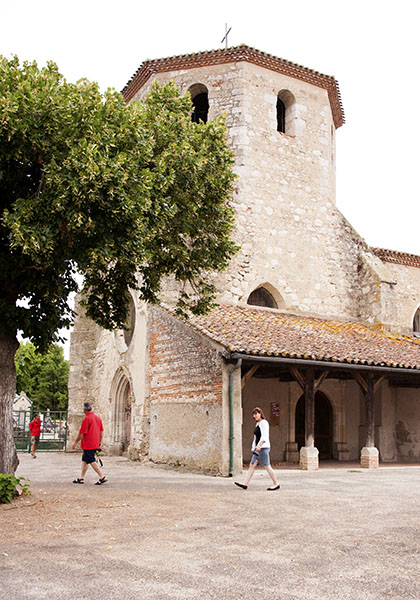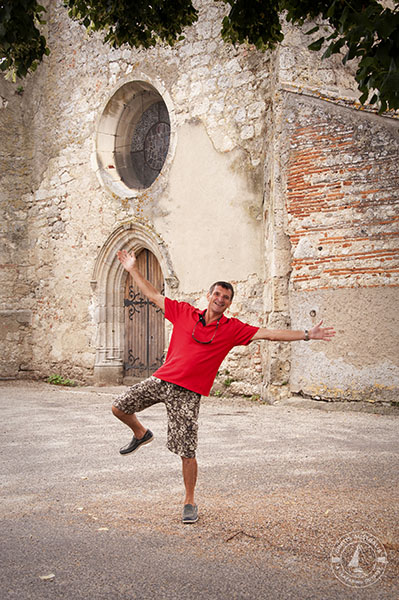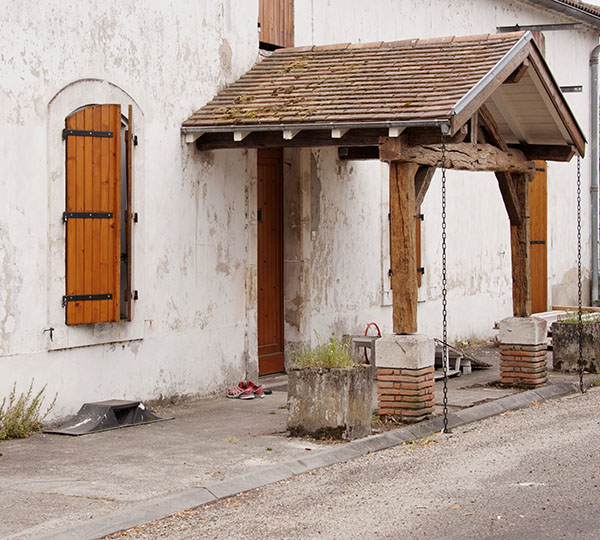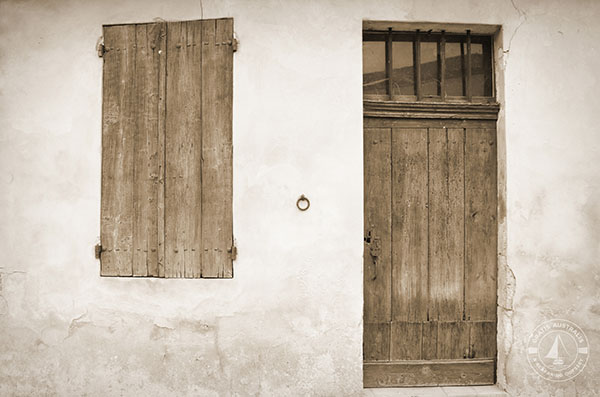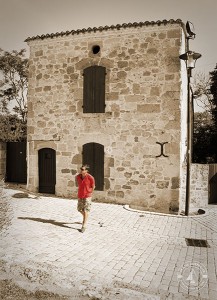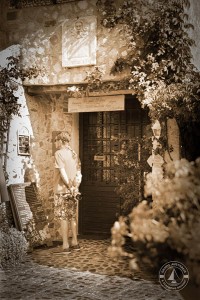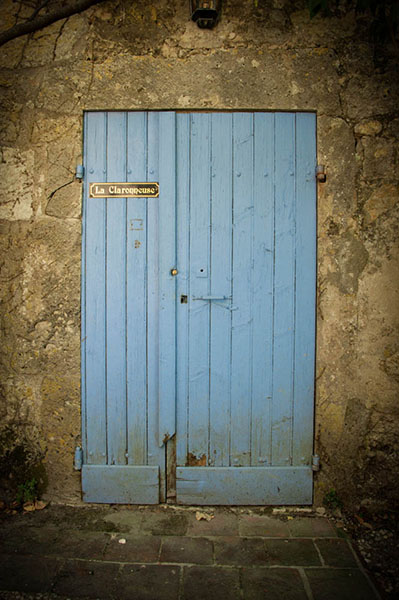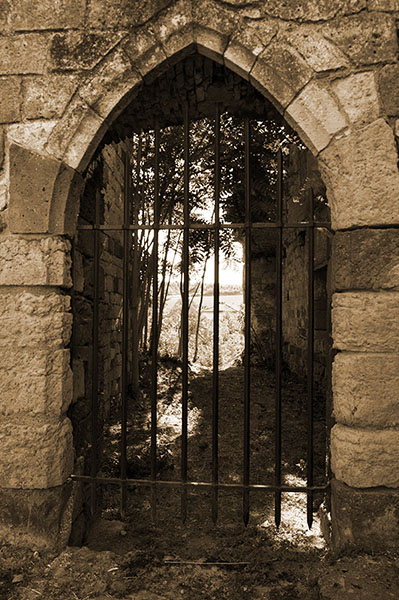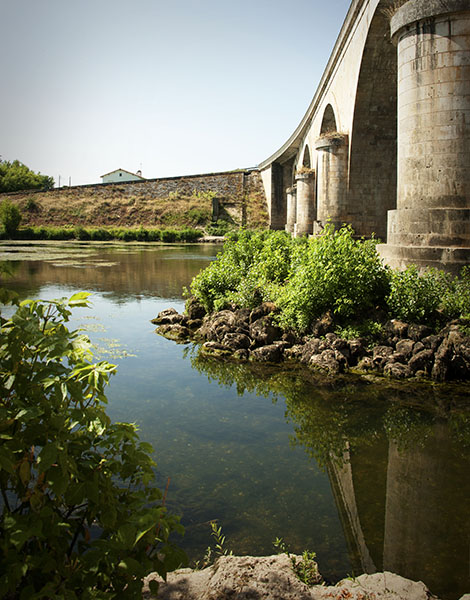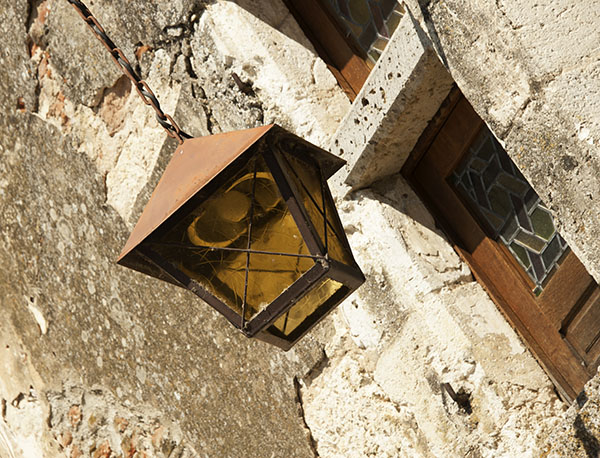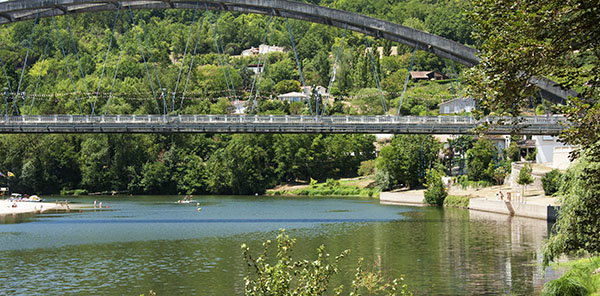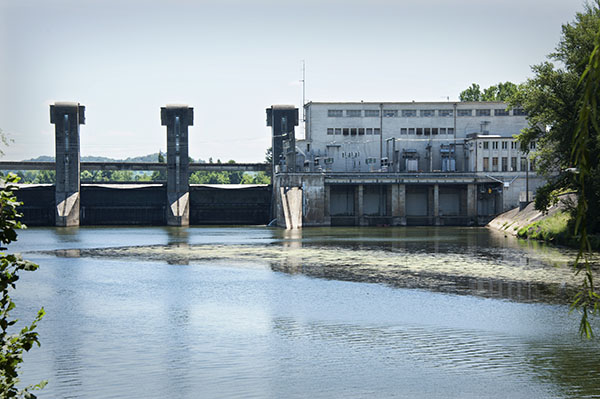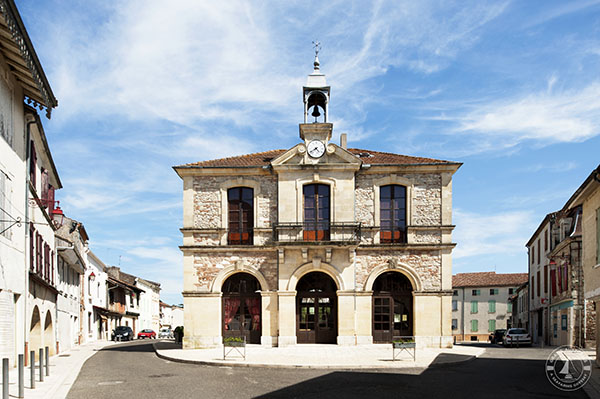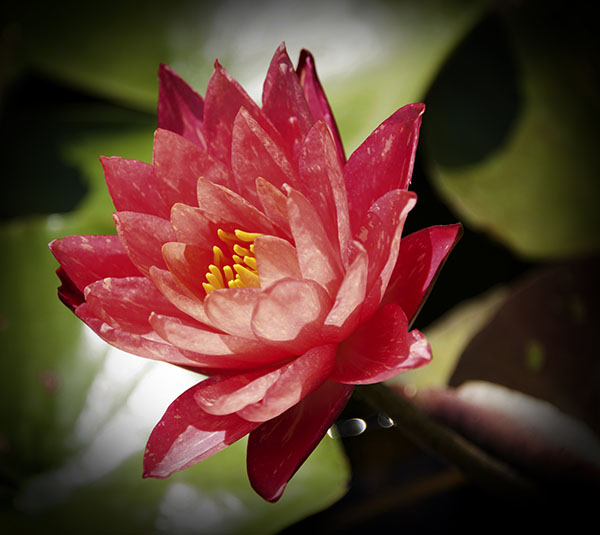Lot River
We hired a car for the coming days and commenced exploring further afield. This day found Bob, Myself and our friends – Dicko and Shirley, who had joined us for a few weeks – heading north to explore the the River Lot region.
Agen-France-to-Agen-France-Google-Maps-12th-july.pdf
Not long on the road, an unusual tower was espied to our right. In a snap decision, we turned off the main road to instigate and discovered the charming little village of St Hilaire.
Saint – Hilaire – de – Lusignan
Small and quaint, it was well worth the visit.
I experimented with the tilt shift lens. I love the various effects one is able to achieve.
We loved the buildings:
High atop a hill was the aged town of Clermont Dessous and what a treasure it was.
Cobblestoned narrow streets led one on a journey .
The church was one that appealed to all: especially the chairs, which were etched with the family names and its thatched roof.
The little touches gave the town a nostalgic air.
My favourite for the day, this old rusted bike:
In the car once more, on we intrepid explorers continued until the growling stomachs of the two Bobs demanded a stop at the bakery of Clairac.
Clairac
In the window of the boulangerie were small dolls, their dress skirts created from pitta type bread.
Down to the River Lot – also a navigable waterway – for a squizz. A massive arched bridge connected the two banks.
The old watermill stood like a sentinel in the distance.
In to the centre of town we headed. How exquisite it was with its beautiful homes and manicured plants.
The church showed its age and evidence of alterations made throughout the centuries was clearly visible.
Beautiful wood work beams and window frames.
Patterns within the brickwork and paving drew the eye,
Whilst lights and doors completed the look of ages gone by.
At the base of Laparade, we came upon an old Roman bath set against the backdrop of pastures of vibrant golden sun flowers. Sadly, it was no longer cared for, as dark green slime carpeted the base.
At Castelmoron – sur – Lot we once more crossed the river. Here was situated a beautiful swimming area.
Casseneuil
Continuing onward, green pastures, golden fields in which grew the brightest of sunflowers, and brown squares all that remained where crops of corn had grown, led us to our final stop for the day.
The town, Le Temple – sur – Lot was where we came upon the water lily gardens – oh, to see them in Spring’s first bloom, Latour Marliac.
Named after their founder, Joseph Bory Latour – Marliac, these beautiful 2.5 hectare grounds were founded in 1875.
His discovery of the method for hybridising a robust, resilient variety of waterlilies in a multitude of colours suitable for growing in Europe, was a boon at a time when all that were to be found was the white.
By 1879, Joseph’s confidence was such that he exhibited at the world fair in Paris. In addition to claiming first prize in his category, more importantly, these delicate blooms caught the eye of one Claude Monet. It was Monet’s sighting of these beauties that gave him the visions for creating his water garden: the result, Monet’s property in Giverny was purchased, created, and his series ‘Nympheas’ eventually painted. This was the first time the new breed of waterlily was brought life on canvas.
Today, with 65 cultivation pools, in excess of two hundred varieties of waterlily are cultivated, and in pools constructed as far back as 1870, exhibits are displayed. 140 year old terracotta pots arranged throughout the grounds, house lilies for the sole purpose of multiplying the stock.
The lineage of all waterlilies for sale today, can be traced back to Latour – Marliac’s first hybrids.

